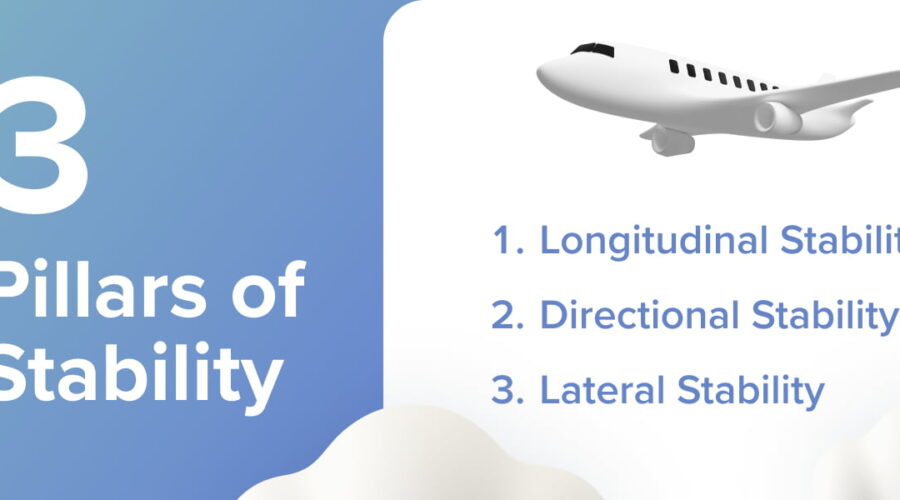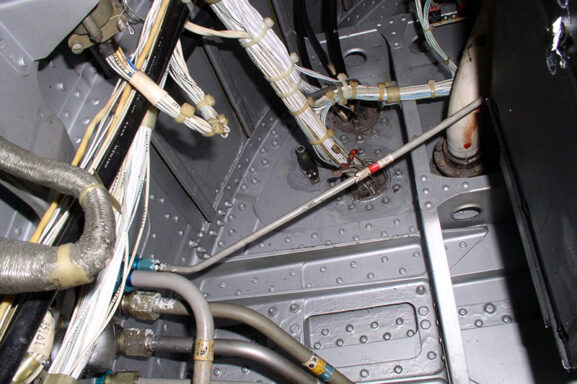Three Pillers Of Stability
The three pillars of stability in aviation are critical for ensuring safe and steady flight:
- Longitudinal Stability :👇
This governs the aircraft’s stability in pitch (nose-up or nose-down movement) around the lateral axis. It is mainly influenced by the center of gravity and the horizontal stabilizer. Proper longitudinal stability ensures smooth transitions and prevents uncontrolled dives or climbs. - Directional Stability :👇
This is the stability in yaw (side-to-side movement of the nose) around the vertical axis. The vertical stabilizer and rudder play a key role in maintaining directional stability, helping the aircraft resist unwanted deviations from its flight path. - Lateral Stability :👇
This deals with stability in roll (wing-up or wing-down motion) around the longitudinal axis. It is enhanced by features like dihedral wings and wing sweep, which help the aircraft automatically return to level flight when disturbed.
Together, these pillars ensure the aircraft remains balanced and controllable during flight.



